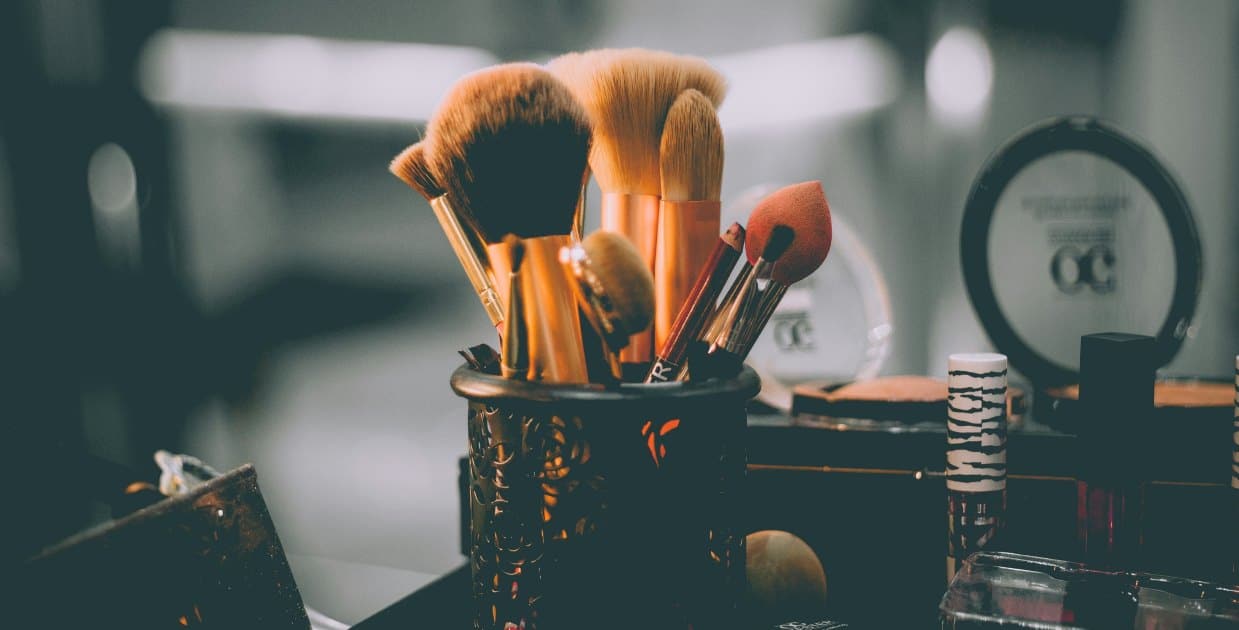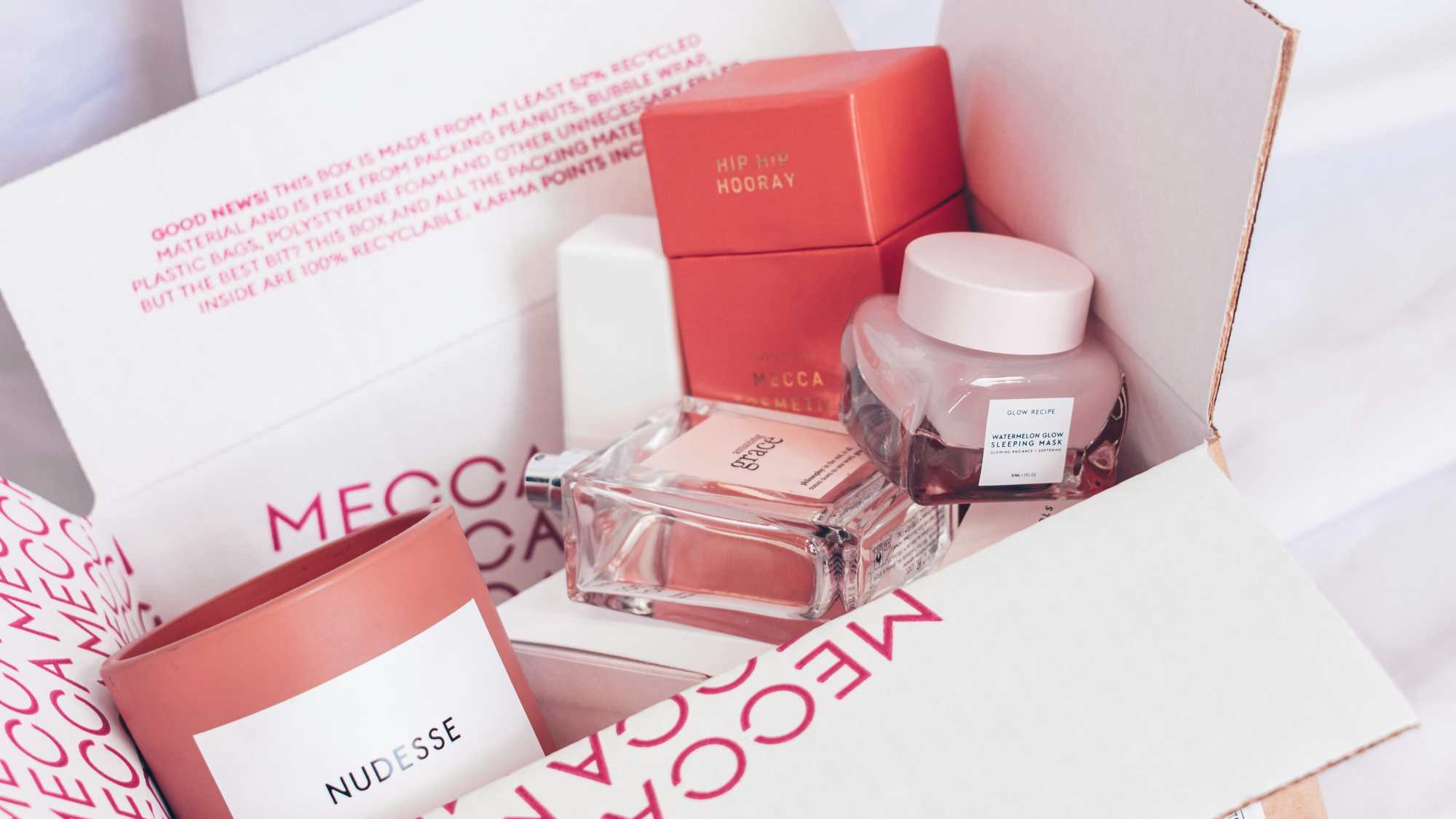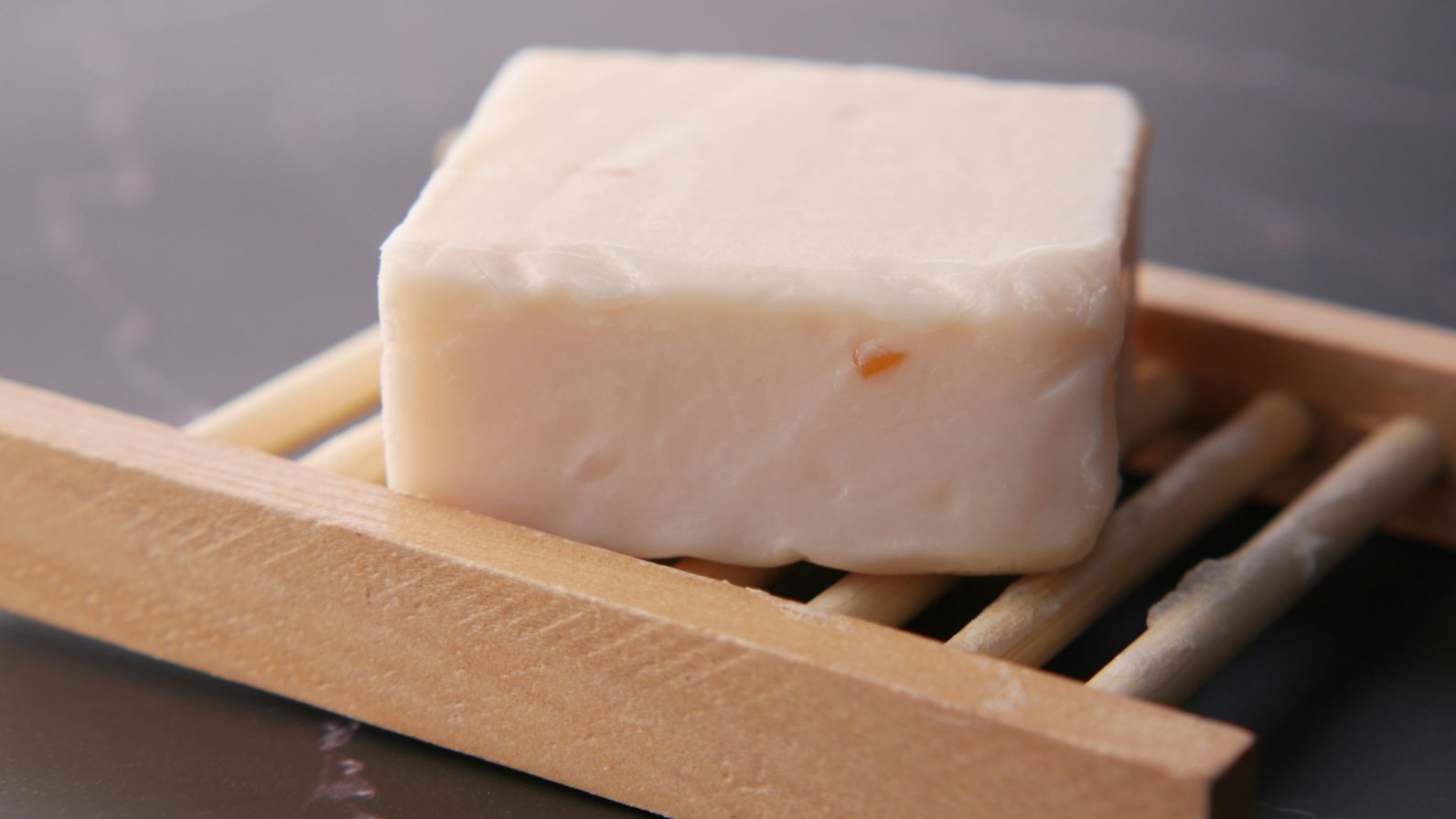Claims, in the context of cosmetic products, refer to a variety of information, indications, and adjectives found on product labels or advertising materials. These elements are crucial in defining a cosmetic product and informing end-users about its characteristics, qualities, and effects.
The significance of these products in the lives of consumers necessitates that the information provided through these claims be useful, understandable, and reliable. This ensures that end-users can make informed decisions and select products that best meet their needs and expectations.
The regulatory framework for EU cosmetic claims has evolved over time. Initially, Article 20 of Regulation (EC) 1223/2009, which you can view in its most recent consolidated version, introduced guidelines for labelling and advertising cosmetics. It states:
“When labelling, making available on the market and advertising cosmetic products, no terms, names, trade marks, images or other signs, figurative or otherwise, shall be used which attribute to the products themselves characteristics or functions which they do not possess. “
Following this, the Regulation foresaw that the Commission, in cooperation with Member States, would work to determine common criteria justifying the use of cosmetic product claims on a label. This led to the issuance of Regulation (EU) 655/2013, which established these common criteria.
Guidelines of Regulation (EU) 655/2013

The main objective of adopting common criteria is to ensure a high level of protection for end-users, in particular against misleading cosmetic product claims. Authorities rely on this piece of Regulation when inspecting product labels.
Shortly after the enactment of Regulation (EU) 655/2013, the Commission published a guideline (Guidelines to Commission Regulation (EU) No 655/2013 laying down common criteria for the justification of claims used in relation to cosmetic products) in order to allow the correct interpretation of the Regulation and the common criteria previously introduced.
This guideline which was issued in 2013 consisted of two annexes: 1. Detailed description of the individual common criteria with explanatory but not exhaustive examples; 2. Best practices related to the choice of evidence to support cosmetic product claims such as experimental studies, consumer perception tests and use of published information (scientific data for example).
Scope and purpose of common criteria, with a focus on EU cosmetic claims or makeup claims
Let’s see them now in detail:
1. Compliance with standards
(1) Claims indicating that the product has been authorised or approved by a competent authority within the Union shall not be permitted.
- Is a claim such as “This product complies with EU legislation on cosmetic products” allowed? No, this claim is not allowed because cosmetics that are placed on the EU market must comply with EU legislation
- Is the statement “Hydroquinone-free skin treatment product” allowed? No, it is not allowed as hydroquinone is prohibited by EU cosmetics legislation for such use.
(2) A statement shall be considered acceptable on the basis of the way in which the cosmetic product is perceived by the average end-user, who is reasonably well informed and reasonably observant and circumspect, taking into account the social, cultural and linguistic factors of the market in question.
(3) Statements which give the impression that a product has a specific benefit are not permitted if that benefit consists merely in compliance with the minimum legal requirements.
2. Truthfulness
1) If you declare that a product contains a specific ingredient, that ingredient must actually be present.
- Is the declaration “silicone-free” allowed if the cosmetic contains a silicone? No, this claim is not allowed.
- Is the declaration “contains honey” allowed? Yes, only if honey is actually present in the formula of the product, it is not allowed if there is a honey aroma in the formula.
(2) Ingredient declarations referring to the properties of a specific ingredient may not attribute the same properties to the finished product if it does not possess them.
- Is the claim “contains aloe vera with moisturising power” allowed? No, it cannot be indicated if the cosmetic product itself does not have a moisturising effect.
(3) Commercial messages shall not give the impression that the opinions expressed are verified statements, unless they are supported by verifiable evidence.
3. Evidential support
(1) Cosmetic-related or makeup claims, whether explicit or implicit, shall be supported by adequate and verifiable evidence, irrespective of the type of evidentiary support used to substantiate them, including, where appropriate, expert assessments.
(2) The evidence supporting claims shall take account of state-of-the-art practice.
(3) If studies are used as evidence, they must be relevant to the product and the benefits attributed to it, follow well-designed and correctly applied methodologies (valid, reliable and reproducible) and comply with ethical considerations.
(4) The evidence or endorsement shall be of a level consistent with the type of claim submitted, in particular in the case of claims where lack of efficacy may cause a safety problem.
5) For clearly exaggerated cosmetic or makeup claims that should not be taken literally by the average end-user (hyperbole) or for abstract claims, no evidence is required.
- Is the claim “this perfume gives you wings” allowed? Yes, since it is hyperbole, therefore a statement that no one would take literally, it is an admitted claim
(6) A statement which extrapolates (explicitly or implicitly) the properties of an ingredient to the finished product must be supported by adequate and verifiable evidence, e.g. demonstrating the presence of the ingredient at an effective concentration.
(7) The assessment of the acceptability of a claim shall be based on the conclusive value of all available studies, data and information, depending on the nature of the claim and the prevailing general knowledge of end-users.
4. Honesty
1) The presentation of the performance of a product must not go beyond the supporting evidence available.
- Is the claim “one million consumers prefer this product” allowed? No, this declaration is not allowed as it is based only on sales volume
(2) Declarations shall not attribute specific (i.e. unique) characteristics to the product concerned if similar products possess the same characteristics.
- For perfumes that usually contain a high amount of ethanol such as to make the additional use of preservatives superfluous, is the claim “without preservatives” allowed? No, because precisely given the high amount of ethanol that by its nature plays a preservative action, it would be dishonest to emphasise that the perfume does not contain preservatives.
3) If the action of a product is linked to specific conditions, such as use in combination with other products, this must be clearly indicated.
- If the declared effect of a shampoo is based on the combined use of the shampoo itself with a conditioner it is necessary to indicate that the effect is based on the combined use of both products.
5. Fairness
1) Cosmetic or makeup claims must be objective and must not denigrate competitor products or denigrate legally used ingredients.
- Is the claim “compared to product X, this product does not contain ingredient Y which is known to have an irritating power” allowed? No, it is not acceptable because it is disparaging against a competitor’s product and an ingredient legally used.
- Is the claim “low content of allergens because it is free of preservatives” allowed? No, it is not allowed as it is incorrect assuming that all preservatives are allergenic.
(2) Declarations relating to cosmetic products must not create confusion with a competitor’s product.
6.Informed decisions
(1) Statements shall be clear and comprehensible to the average end-user.
(2) Declarations are an integral part of products and must contain information enabling the average end-user to make an informed choice.
(3) Commercial messages must take into account the ability of the target audience (population of the Member States concerned or segments of the population, e.g. end-users of different ages and genders) to understand the messages. Commercial messages must be clear, precise, relevant and understandable to the target audience.
The common criteria shall apply without prejudice to:
– Directive 2006/114/EC concerning misleading and comparative advertising.
Special Cases: The cosmetic product claims “free from” and “hypoallergenic”
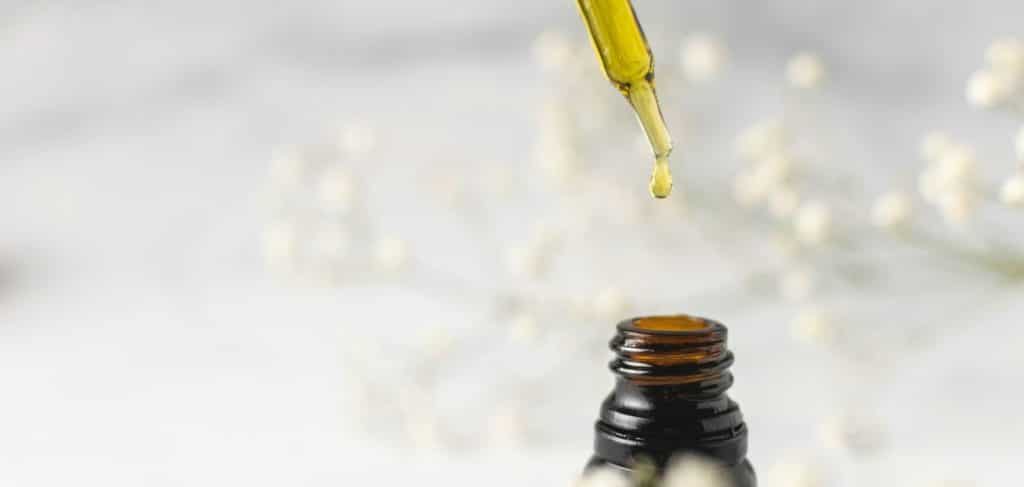
The Commission presented a report to the European Parliament in 2016, revealing that, among the products monitored in all member countries, the level of compliance with the common criteria regarding eu cosmetic claims exceeded 90%. The Commission only expressed concerns about the concept of “hypoallergenic” and, in general, about claims related to being “free from.”
What are “Free from” claims?
Cosmetic product claims are a series of information, indications and adjectives that appear on the label or on the advertising material of the products, which mainly serve to define a cosmetic product and to inform end users about the characteristics, qualities and effects attributed to the cosmetic. The so-called “free from” claims are specific claims used in cosmetics to boast the absence of an ingredient or an entire class of ingredients. These are often highlighted on Natural, organic, clean and vegan cosmetics.
Annex III of the Technical Document
Annex III specifically addresses the “Free from” claims, let’s examine its specific indications, referencing the six points discussed earlier:
1. Compliance with the rules: “Free from” claims should not be used when referring to an ingredient prohibited by Regulation 1223/2009.
- Is it possible to use a claim “without Corticosteroids”? No, it is not allowed as it is not possible to boast the absence of ingredients that are not allowed by Regulation 1223/2009.
2. Truthfulness: in the event that claims are used that state that the product does not contain one or more specific ingredients, this ingredient must not be present or even released from other ingredients in the formula.
- Is it possible to use a claim “Formaldehyde free”? It is not allowed if a formaldehyde releasing ingredient is present in the formula (e.g. Diazolinidyl Urea)
3. Evidential support: the absence of an ingredient or specific ingredients must be demonstrated by means of adequate and verifiable evidence.
4. Honesty: “Free from” claims should not be used when referring to an ingredient that is not typically used in a particular type of cosmetic product.
- For perfumes, which usually contain a high amount of ethanol such as to make the additional use of preservatives superfluous, is the claim “without preservatives” allowed? No, because, given the high amount of ethanol that by its nature performs a preservative action, it would be dishonest to emphasise that the perfume does not contain preservatives.
- Is it possible to use a claim “without allergenic/sensitising substances”? It is not allowed because the concept of allergy is based on an individual response principle therefore a complete absence of the risk of an allergic reaction cannot be guaranteed.
- Is it possible to use a claim “without preservatives”?
- It is not allowed when the absence of a substance included in Annex V of Regulation 1223/2009 (list of preservatives that can be used in cosmetics) is claimed as the substance is explicitly authorised by the Regulation and therefore can be used in cosmetic formulas;
- Furthermore, it is not possible to use this claim when the cosmetic contains ingredients that are not included in Annex V but which have a protective action against microorganisms (for example alcohol). However, if the Responsible Person is able to provide evidence that this ingredient does not contribute to the protective action on the product, the claim becomes appropriate (demonstrable for example with the positive outcome of the challenge test without that ingredient).
- Is it possible to use a “fragrance-free” claim? It cannot be used when a cosmetic product contains an ingredient that exerts a fragrance function in the product, regardless of its other possible functions in the product (for example, if there is a botanical extract in the product that by its nature has a characteristic odour this claim cannot be used).
5. Fairness: “Free from” claims should not be used when they imply a disparaging message, particularly when they are based primarily on an alleged negative perception about the safety of the ingredient (or group of ingredients).
- Is it possible to use a claim “paraben-free”? No, it is not allowed because it is disparaging towards the entire class of parabens that are instead admitted and included in Annex V of Regulation 1223/2009. Same thing for other preservatives such as Phenoxyethanol and Triclosan.
Basically, boasting the absence of ingredients or classes of ingredients allowed by Regulation 1223/2009 is not considered correct.
6. Informed decision: “Free from” claims are allowed when they allow an informed choice to one or more specific target groups of end users and therefore when they are useful to groups of consumers interested in these types of products.
- Is it possible to use a claim “without alcohol”? For example, for a product such as a mouthwash intended for use by the whole family, it is an admitted claim.
- Is it possible to use a claim “without ingredients derived from animals”? Yes, for products intended for vegans it is an accepted claim.
- Is it possible to use a claim “without acetone”? Yes, for example in nail polishes for users who want to avoid its particular smell.
Annex IV of the Technical Document
This attachment is entirely devoted to the “hypoallergenic” claim. While it does not eliminate the possibility of using this claim, it provides specific requirements that must be strictly adhered to in order to use the claim accurately.
These specifications must be simultaneously met, and it is essential to completely avoid the presence of known allergens or allergen precursors, particularly in substances or mixtures:
- Identified as sensitisers by the SCCS (Scientific Committee on Consumer Safety) or by committees that evaluate the safety of cosmetic ingredients;
- Identified as skin sensitisers by other official risk assessment committees;
- Which fall under the classification of skin sensitisers of category 1, subcategory 1A or subcategory 1B, based on new criteria established by the CLP Regulation;
- Identified by the company based on the assessment of consumer complaints;
- Generally recognized as sensitising in the scientific literature;
- For which relevant data on their sensitising potential are lacking.
The use of the claim “hypoallergenic” does not guarantee a complete absence of risk of an allergic reaction and the product should not give the impression that it does.
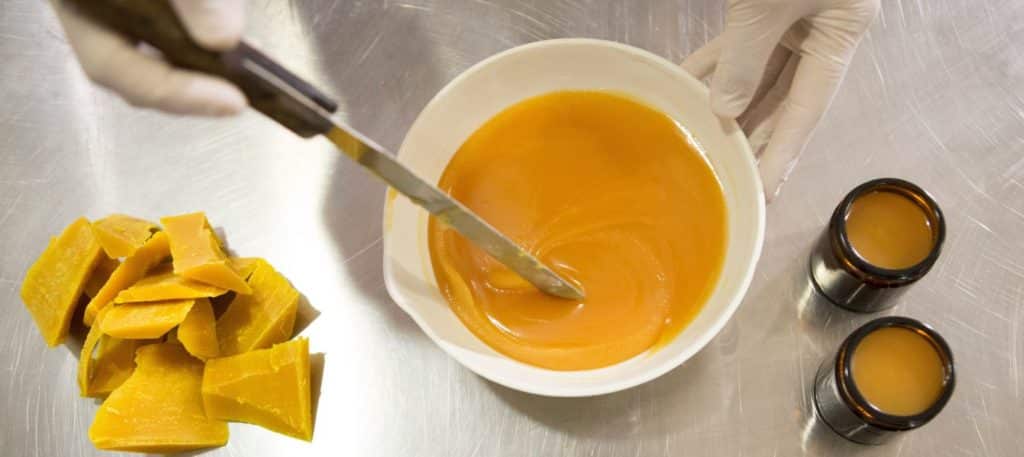
When does the Technical document on cosmetic or makeup claims come into effect?
The Technical Document is not legally binding, as it serves as a guideline. However, it will be utilised for evaluation by competent authorities for cosmetic products introduced to the market on or after July 1, 2019.
Responsibility for Adjectives in Labelling and Advertising
The responsibility for the statements used in labelling and advertising of cosmetic products rests with the Responsible Person (as per Article 5 of EC Regulation 1223/2009) and the Distributors (as per Article 6 of EC Regulation 1223/2009).
If you have any uncertainties regarding the operational and control methods of your labels and the cosmetic or makeup claims you intend to make, feel free to contact us. We will assist you in the evaluation phases related to these EU cosmetic claims.
